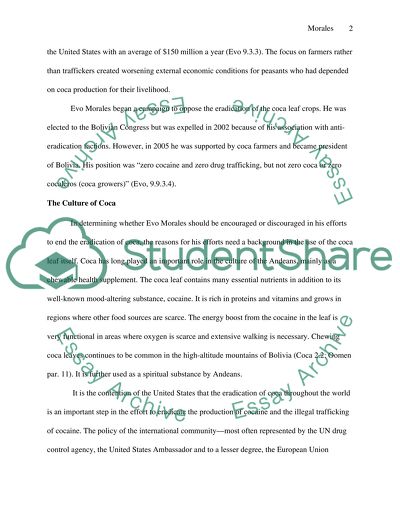Cite this document
(“Legalization of Coca Production In Bolivia Essay”, n.d.)
Legalization of Coca Production In Bolivia Essay. Retrieved from https://studentshare.org/miscellaneous/1500182-legalization-of-coca-production-in-bolivia
Legalization of Coca Production In Bolivia Essay. Retrieved from https://studentshare.org/miscellaneous/1500182-legalization-of-coca-production-in-bolivia
(Legalization of Coca Production In Bolivia Essay)
Legalization of Coca Production In Bolivia Essay. https://studentshare.org/miscellaneous/1500182-legalization-of-coca-production-in-bolivia.
Legalization of Coca Production In Bolivia Essay. https://studentshare.org/miscellaneous/1500182-legalization-of-coca-production-in-bolivia.
“Legalization of Coca Production In Bolivia Essay”, n.d. https://studentshare.org/miscellaneous/1500182-legalization-of-coca-production-in-bolivia.


